Ice Caps and Glaciers
Habitat code: 120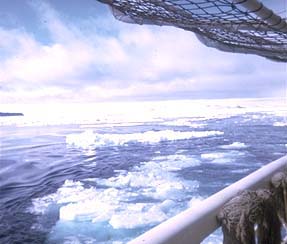 Photo: KMD |
 Photo: KMD |
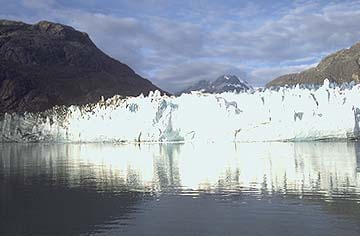 Saltwater glacier Photo: KMD |
Distribution and Habitat: Saltwater glaciers (glaciers that terminate at the sea) are found in the most northern and southern latitudes. When they reach the saltwater, pieces (icebergs) break off and slowly melt. Interesting fact: |
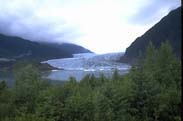 Freshwater Glacier Photo: KMD |
Distribution and Habitat: Freshwater glaciers are glaciers at higher elevations that do not extend to the sea. Interesting fact: |
 Lady beetles (aka Lady bugs) scientific name Photo: KMD |
Distribution and Habitat: Lady bugs are found all over the world. They have many different patterns. Diet: Interesting fact: |
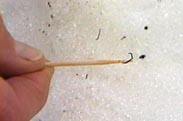 Ice worms Photo: AVP |
Distribution and Habitat: Ice worms are found in glaciers. Diet: Interesting fact: |
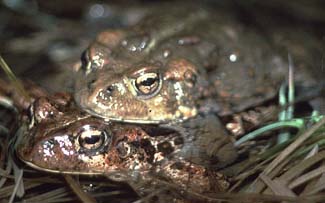 Western toad Bubo boreas Photo: KM |
Distribution and Habitat: The Western toad has been found on top of glaciers in Alaska. It is also found in the lower 48 states. Diet: Interesting fact: |